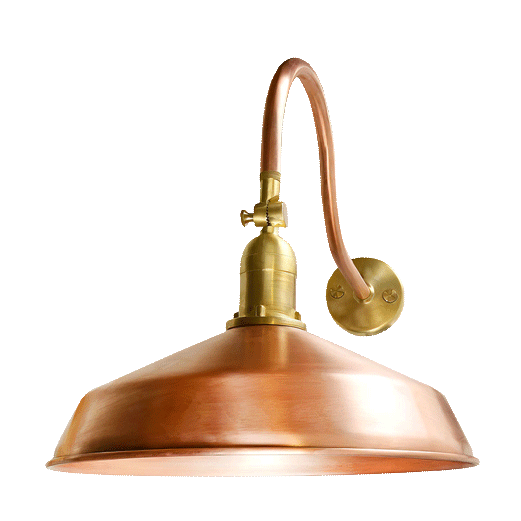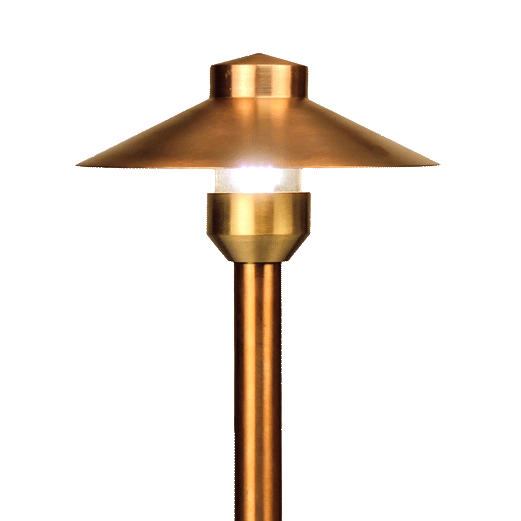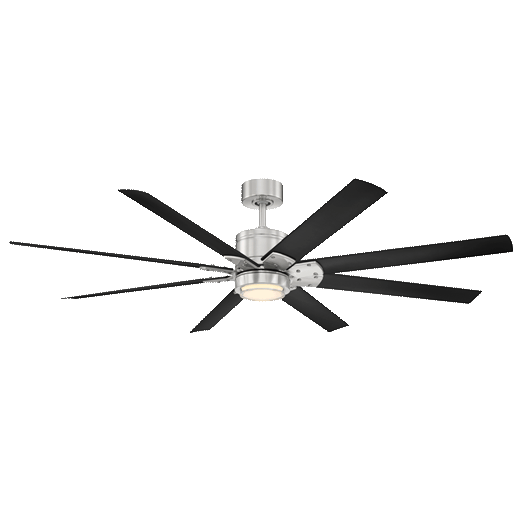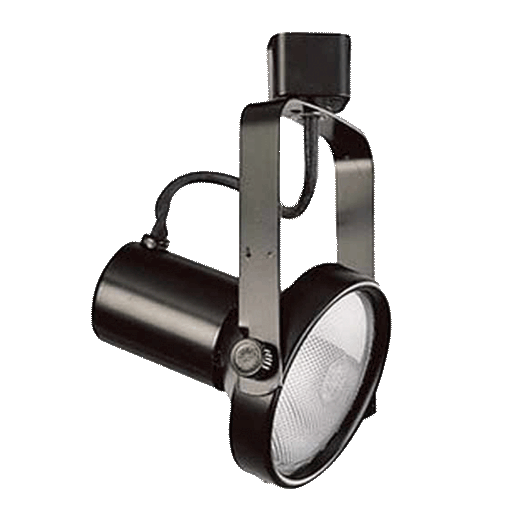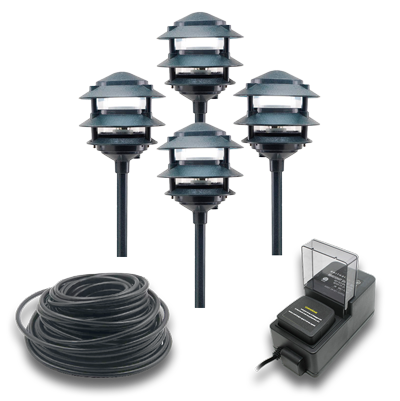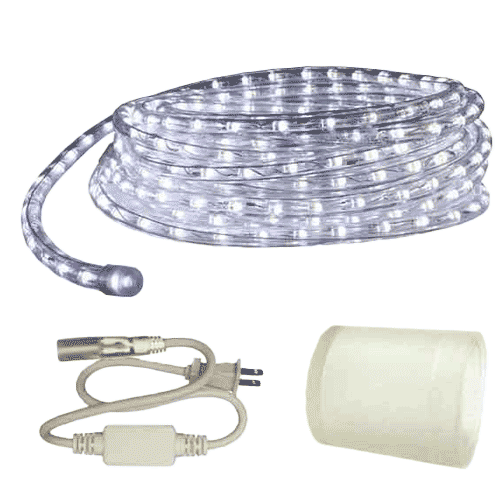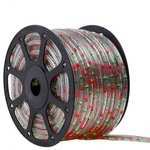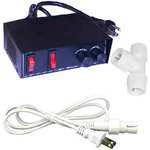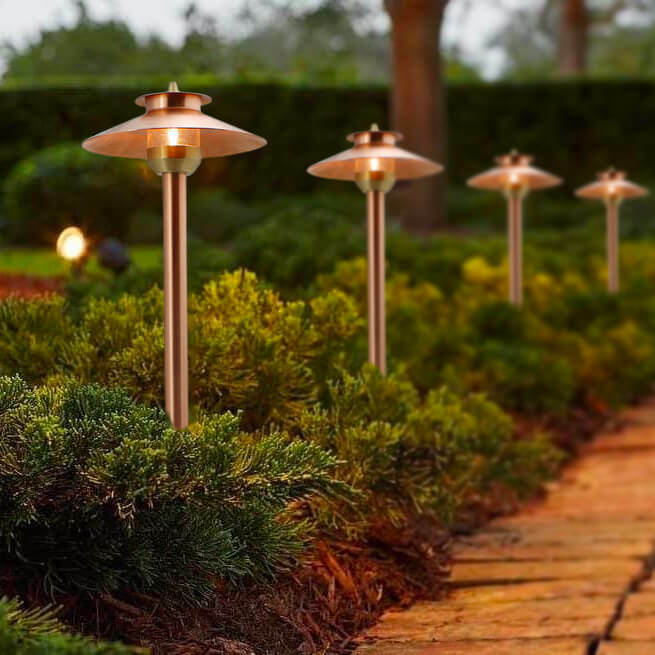Everything You Need to Know Before Purchasing a Ceiling Fan
There are so many different sizes and shapes of ceiling fans that it may be a little difficult to choose the correct fan for your application. If the different sizes and shapes were just for aesthetics, then it wouldn’t really matter but that is just not the case. You certainly wouldn’t want an indoor fan for an outdoor living space or a fan that is too small or too big for a room. Here are some questions listed in order of importance that you need to know the answers to before you choose the correct fan for your space.
- 1. Where is your fan being installed? Do you need an indoor, wet or damp rated fan?
- 2. How tall is the ceiling? Do you need a flush mounted fan or a downrod mounted fan?
- 3. How many square feet is the room that you are installing the fan? Do you need a small 36” fan or does your room require something larger?
- 4. Would you like a light kit or no light kit?
- 5. How would you like to control the fan? Pull chain, remote control, switch or both?
- 6. Would you like a smart fan?
- 7. Do you care whether the motor is AC or DC?
Indoor - Wet - Damp - Coastal Rated Ceiling Fans
The # 1 thing that you need to know about choosing a ceiling fan is what rating you need. There are 4 basic ratings for ceiling fans: Indoor, Wet, Damp, and Coastal. Quite simply, indoor rated means exactly what it says. Indoor rated fans are for indoor use only. They can have zero exposure to any outdoor elements. The big question is what is the difference between wet rated and damp rated.
Damp rated fans can withstand exposure to moisture and humidity, however they cannot have direct contact with water. A few examples of places where you would install a damp rated ceiling fan are covered outdoor spaces, covered porches, bathrooms, and garages.
Wet rated ceiling fans are the next step up from damp rated. Wet rated ceiling fans are designed to have direct contact with the elements like rain and snow. Gazebos, cabanas, and pergolas are just a few examples of where a wet rated ceiling fan can be installed.
If you live near or have visited any coastal region then you know that the weather conditions can be extreme. High winds and corrosive salty air are formidable natural forces. Some ceiling fan manufacturers have accounted for this and have designed coastal rated ceiling fans. If you live on the coast or have beach front property and you want to install an outdoor ceiling fan, make sure that it is coastal rated.
Purchasing a damp rated fan for a wet rated location could be a costly error. Eventually, the fan would be ruined. That’s why choosing the correct rated fan is #1 on our list. Purchasing a coastal rated fan for an indoor installation wouldn’t be as bad, however it would drive the cost up unnecessarily. A little research can save you money and make your ceiling fan project a success.
Flush Mount - Downrod Mount - Dual Mount
Now that you know what rating of fan you need, the next most important step is to determine which ceiling mounting option you need. This is determined by the height of your ceiling and the slope of your ceiling. The most common scenario is a flat 8’ ceiling. For this situation, a flush mount fan works best. Manufacturers may refer to this type of mounting as low profile, ultra low profile or even hugger. For best airflow, it is recommended that fans be mounted 8’-9’ above the floor with a minimum clearance of 12”-18”. If the ceiling is only 8’ tall then a flush mount or similar is critical.
For ceilings greater than 8’ a downrod mount is recommended. Most downrod ceiling fans come standard with a 3”-5” downrod that is perfect for 9’-10’ ceilings. For ceilings greater than 10’ you will need to purchase a longer downrod to keep your fan between 8’ and 9’ above the floor. Whatever fan you choose, make sure that you can purchase a downrod with a matching finish.
Until now we’ve only referred to flat ceilings, however many homes have vaulted or cathedral ceilings. Vaulted and cathedral ceilings require a downrod mount as well, but depending on the steepness of the ceiling, it may or may not mount properly. To avoid mounting issues it is crucial to know the slope of the ceiling and the maximum slope that the fan will mount to. Most fans have a maximum slope between 27°-30°. Some fans mount on slopes up to 45°. If you find a fan whose mounting pitch is too small for your ceiling contact the manufacturer. They may have a sloped ceiling mounting adapter that will work. Do not assume that a fan will mount to your sloped ceiling. Always check the manufacturer's specifications.
Ceiling Pitch & Degrees Chart:
| 4/12 |
-> |
18.4 |
| 5/12 |
-> |
22.62 |
| 6/12 |
-> |
26.57 |
| 7/12 |
-> |
30.26 |
| 8/12 |
-> |
33.69 |
| 12/12 |
-> |
45 |
Keep in mind that most fans mounted to sloped ceilings will require a longer downrod. Make sure that the fan is between 8’-9’ high and that the fan blades are at least 18” from the ceiling slope. If a fan is installed too close to the ceiling it will not efficiently move the air. It may appear that the fan is defective, but it is really just an installation error.
So Many Sizes to Choose From
When picking out a ceiling fan, the next thing to consider is how big of a fan do you need. This is actually pretty simple. The bigger the room the bigger the fan and vice versa. The chart below is a great reference. Keep in mind that it is possible to install too large of a fan for a space especially when sloped ceilings are in play. If the fan blades are too close to the ceiling, the fan will not move the air properly.
Square Feet & Fan Size (in) Chart:
| 100 < |
-> |
29-36 |
| 100-144 |
-> |
36-44 |
| 144-225 |
-> |
44-54 |
| 225-400 |
-> |
50-72 |
| 400 > |
-> |
Multiple Fans |
Let There Be Light
Whether to purchase a fan with or without a light kit is purely an individual preference. In the past, light kits tended to be a bit hideous but modern designs have either made them unnoticeable or so integrated into the design that they look great. If a room requires more light, then a light kit is an easy option.
If you do choose a fan with a light kit, there are a few things to be aware of. First, many light kits no longer have sockets and light bulbs. They come standard with an integrated LED panel. This is a great option but make sure that the color temperature matches the rest of your lighting. If you prefer 5000k (cool white) color temperature but the fan only comes in 2700k (warm white) you may need to think about it.
Another thing to be aware of is if the light kit is not an integrated LED panel, then it must have a socket. You may not like the bulb that comes with it or eventually you may have to replace the bulls so it’s not a bad idea to know what kind of socket the light kit has. Many modern designs no longer have the basic medium base socket that we are all familiar with. Don’t be surprised if you find sockets like the 11mm candelabra, 17mm intermediate or even a 9mm G9. If the fan comes standard with incandescent bulbs, it’s a great idea to upgrade to LED. Knowing what kind of socket or base makes this a much easier task.
11mm Miniature
Candelabra (E11) |
 |
17mm Intermediate
(E17) |
 |
| 9mm G9 |
 |
Switch, Pull Chain, Remote Control or Smart
The most basic ceiling fans operate with a pull chain. The pull chain can be used in conjunction with an on/off switch or not. Even though a pull chain ceiling fan will be the most affordable, they will still get the job done.
One of the most common ways to operate a ceiling fan is with a remote control. The convenience of installation as well as the convenience of operation has made them extremely popular. A remote typically allows you to turn the fan on and off, control the speed of the fan, sometimes control the direction of the fan for winter/summer and turn on/off and dim the light. When used in conjunction with a wall switch most remote control fans will only turn on and off to the last remote setting and will not perform any other function with the switch.
Following the normal trends of technology, many ceiling fan manufacturers now make smart fans. These fans connect to wifi and can be operated by an app, remote control or even voice activated from virtual assistants like Siri, Google Home, Alexa or Apple HomeKit. You don’t have to be technologically savvy to own a smart fan. It’s possible to completely operate it from a remote. If you do like the smart convenience, then it may be possible to save energy. Some smart fans are equipped with technology like occupancy sensors that turn the fan on and off depending on if people are in the room or not and temperature sensors that automatically adjust fan speed.
No matter what type of technology you have or would like to use, AQ Lighting can help you choose the perfect ceiling fan for your space.
AC Motors Versus DC Motors
A few years ago, we may not have had to discuss this issue but today there is a growing trend toward DC motors. There’s nothing wrong with an AC motor ceiling fan. They have been around for many years, so they are reliable and affordable. Recently, manufacturers have recognized the advantages of a DC motor, so they are becoming popular. Some of the advantages are that they are quieter, they have finer control of fan speeds, a longer lifespan and emit less heat than AC motors. DC motors are also more energy efficient than AC motors. They can consume up to 70% less power than an AC motor which equates to savings on the electric bill. If these attributes are appealing to you then you may want to consider looking for a ceiling fan with a DC motor.
Conclusion
Shopping for the right ceiling fan seems a little complicated but if you break it down into the 7 steps that we’ve laid out your project should get much easier. If you have any other ceiling fan questions AQ Lighting is here to help.
